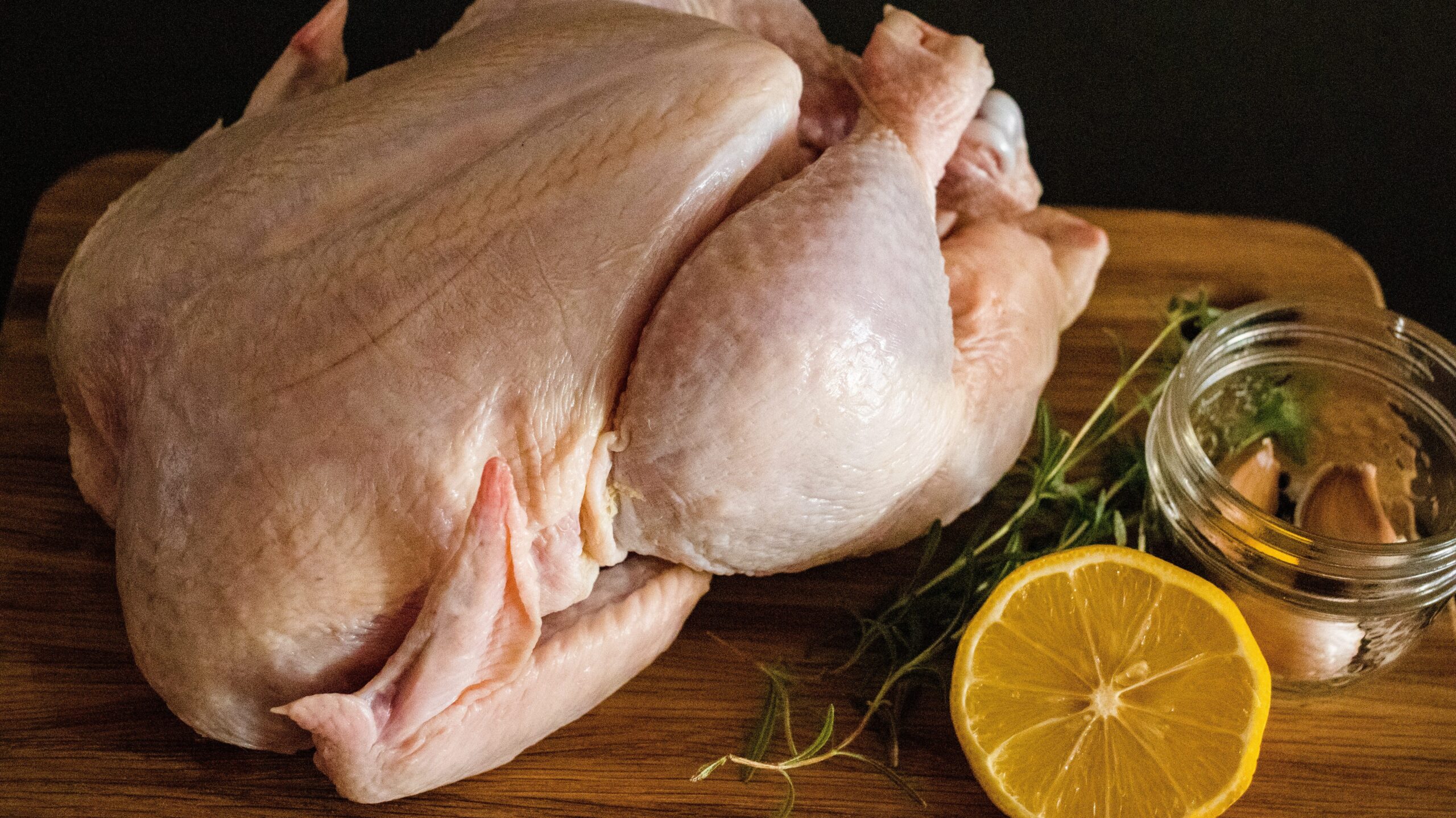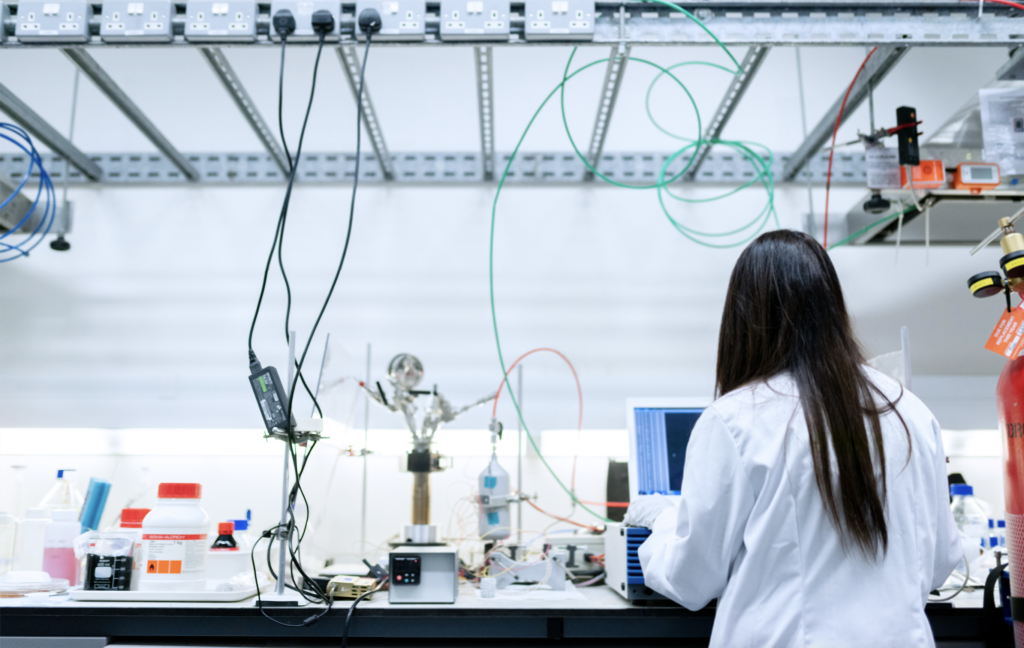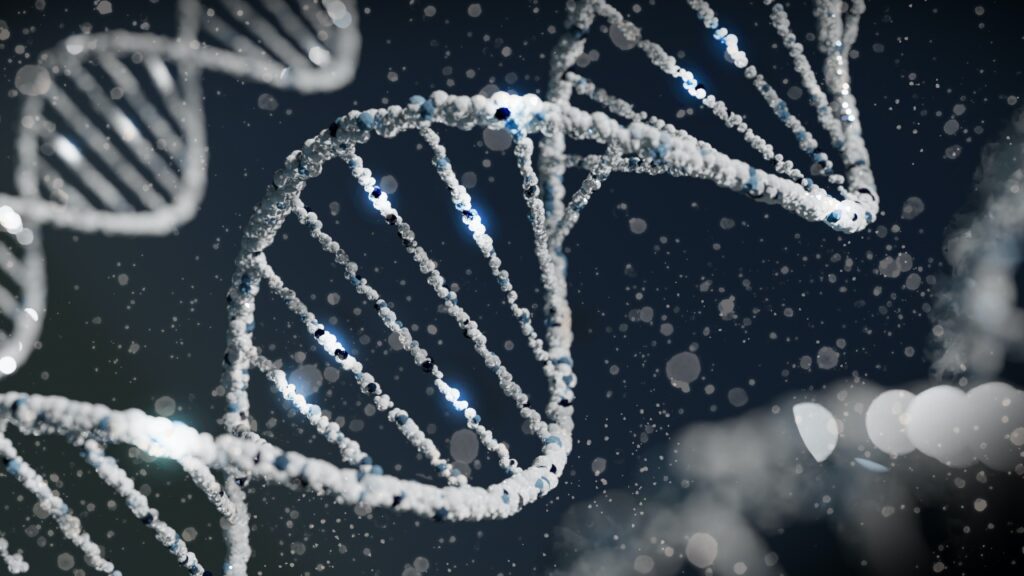News Team member Stephanie Oehler describes how the online "trad-wife" aesthetic fuels the flames of the anti-vaccination movement during the second-largest measles outbreak of the 21st century.
Can New Detection Technology Curb the Burden of Foodborne Diseases?
One out of every six Americans is sickened each year. New surveillance systems could reduce the threat.
By Annika Urban
Don’t wash your chicken, do wash your eggs, and cook your steak to 145 degrees with a three-minute rest — but turkey gets a full 165 degrees. Raw cookie dough is definitely off-limits, but you can definitely eat the fancy kind you buy pre-made in the grocery store. Keep your soy sauce in the fridge, but sriracha is okay in the cabinet. Yet after all those instructions, it’s the iceberg lettuce at a chain restaurant that causes hospital visits.
According to the Centers for Disease Control and Prevention, one in six Americans gets sick from contaminated food and beverages, and 3,000 of those people lose their lives to foodborne illness yearly.

Foodborne Illness Surveillance Programs
Foodborne illness surveillance programs can help state and local health departments track outbreaks of identified cases. Data based on that surveillance can even be used to determine whether current prevention methods work as expected. However, even as food surveillance programs become more effective and utilize more data, the food safety landscape is becoming more complex and new problems are arising.
New and faster methods of transportation allows food from one central contaminated supply to appear quickly all over the country or even the world. This makes it more difficult to identify and contain the spread of a single source of contamination. Furthermore, antimicrobial resistance is only increasing and will continue to cause outbreaks that can be difficult to detect or treat.
New Technology for Foodborne Illness Prevention
Foodborne illness is caused by eating food that is contaminated with bacteria or viruses, often Salmonella, norovirus, E. coli, Listeria or a host of others that can cause serious illness or death. While it’s impossible to see these bacteria or viruses, new technologies might be able to detect viruses and bacteria in food before it’s distributed to consumers.
One of the people working on foodborne illness detection is Dr. Suresh Menon, a scientist, entrepreneur, and President of Menon International, Inc.. Menon and his company, Menon Biosensors, partnered with the University of California at San Diego during the COVID-19 crisis to develop technology for large-scale, rapid detection of COVID-19 in saliva samples.
Menon and his team started out developing technology to detect anthrax, a bacteria known as Bacillus anthracus. They’d received government funding in the post-9/11 era to develop technology that could detect anthrax quickly since the United States government was prioritizing the development of technology to prevent and detect potential terroristic threats.
What Menon and his team discovered, however, is that the process they developed for anthrax detection has applications beyond this one use. The anthrax-detecting process was then investigated for use in the COVID-19 crisis and is a potential solution for detecting foodborne illness.

Using existing Magnetic Resonance Imaging (MRI) technology, Menon and his team are able to detect any viral DNA sample, including the DNA that would be found in food contaminated by a foodborne illness outbreak.
Menon says he saw two main problems with existing solutions for COVID-19 testing. “One was the speed at which tests were done. [PCR testing] takes too long, takes many days. I know today, we have rapid tests, but those are not 100% accurate. The second problem is just a cost. Because, as you saw with COVID, a highly developed country like the U.S., with the power to print its own money, still couldn’t afford to purchase equipment.”
Instead of reinventing the wheel, Menon says he decided “to leverage existing equipment. It’s already there, we should be utilizing what’s available. And it’s well distributed. So we went with magnetic resonance imaging, which is already available in hospitals.”
What’s even more exciting about the MRI-based process, Menon says, is the scale at which this could be utilized. He says that “there are more than 40,000 NMR and MRI systems in the US alone. So if you can screen 100,000 [saliva samples] at a time, you’re doing the entire population very fast. In a day, you can scan the entire country.”
While this technology was promising for the detection of COVID-19, it may prove even more useful in detecting foodborne illness. Taking samples of food from particular sources and analyzing it using the MRI/NMR technology would allow large-scale detection of foodborne illness-causing bacteria and viruses.
“We could take all the samples in a tray and just put the whole thing in an MRI and scan it. Anything with DNA or RNA of the bacteria or virus you’re looking for lights up – the wells will light up and so you know exactly where that sample came from, where the trouble is, and you can isolate it quickly,” Menon says.

Institutional vs Individual Responsibility
Despite new technologies for detecting foodborne illness and even mathematical models of the best way to wash your chicken to avoid contamination, outbreaks of food-related bacteria and viruses won’t stop any time soon. Many programs by the National Institute of Food and Agriculture look to monitor food safety and practices, as well as to promote using fewer antibiotics in farming practices to reduce the problem of antibiotic resistance.
Globally, studies from China, Brazil, Ethiopia, Pakistan and many more countries find gaps in peoples’ knowledge and implementation of food safety practices. Without extensive and continued intervention, it’s unlikely that people will change their food preparation practices. Therefore instead of burdening consumers with the lion’s share of responsibility for food safety, we should instead consider whether regulatory processes are robust enough to keep up with an inevitable increase in foodborne illness due to antimicrobial resistance. While developing those processes, institutions should also consider investing in new technologies like MRI detection methods.

